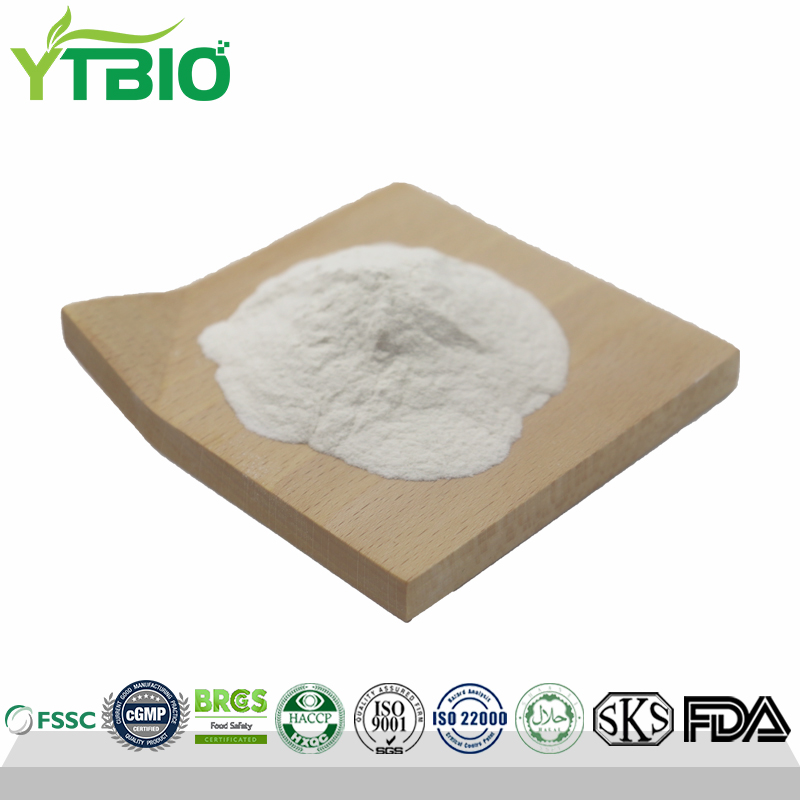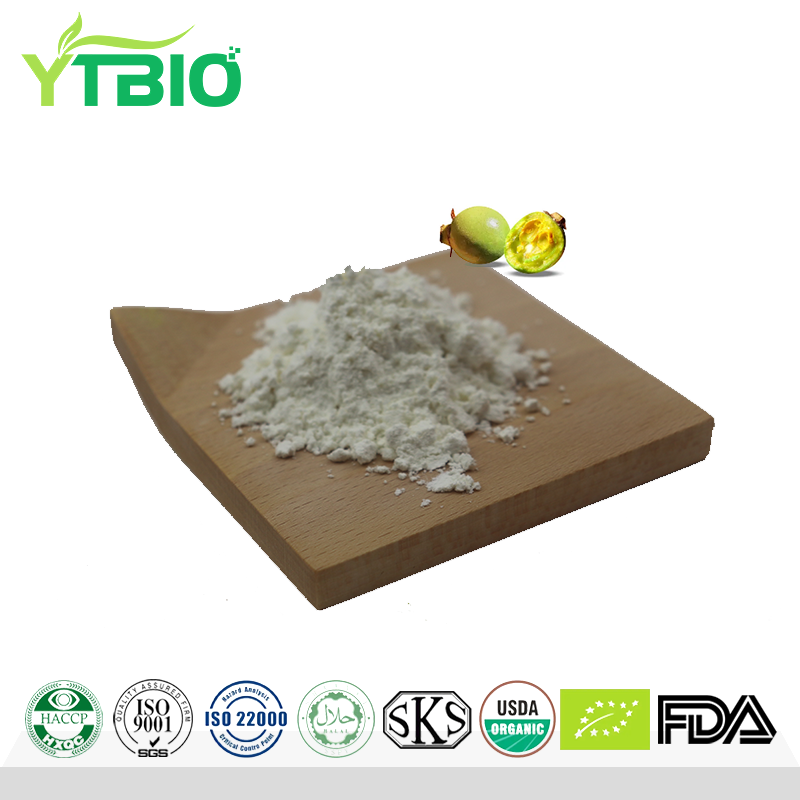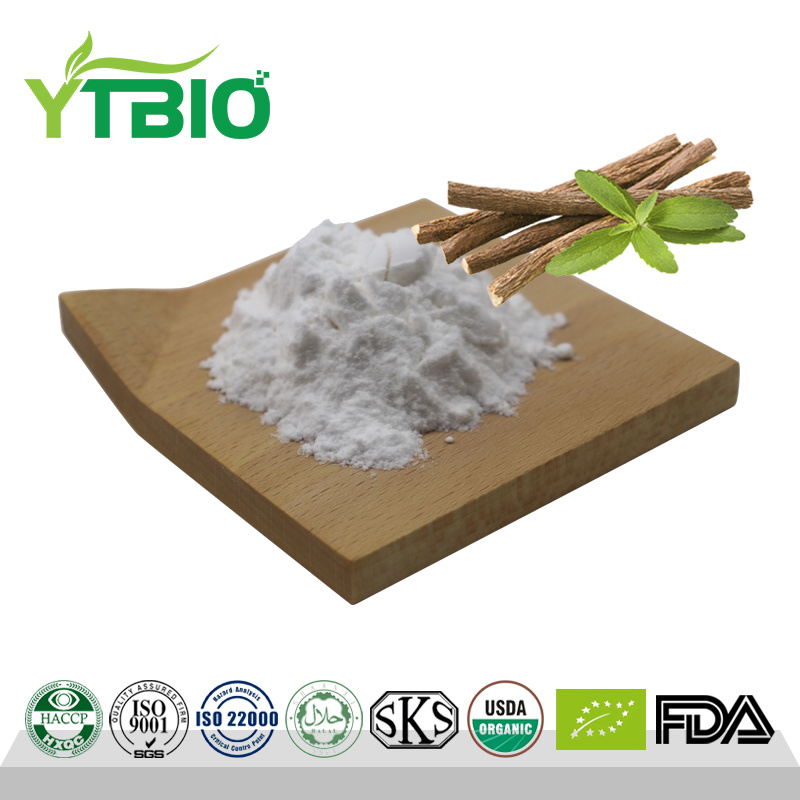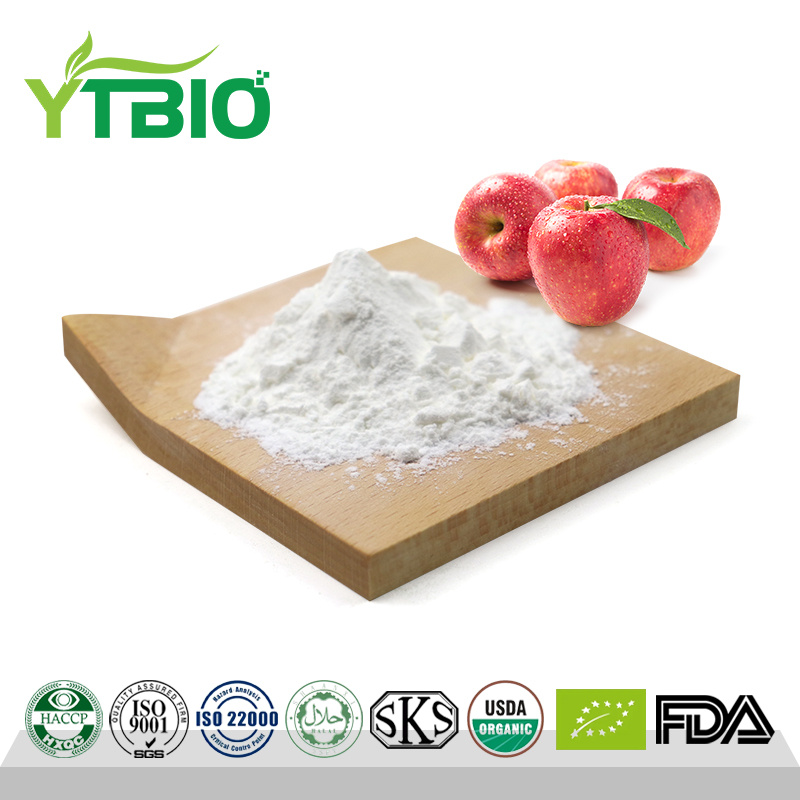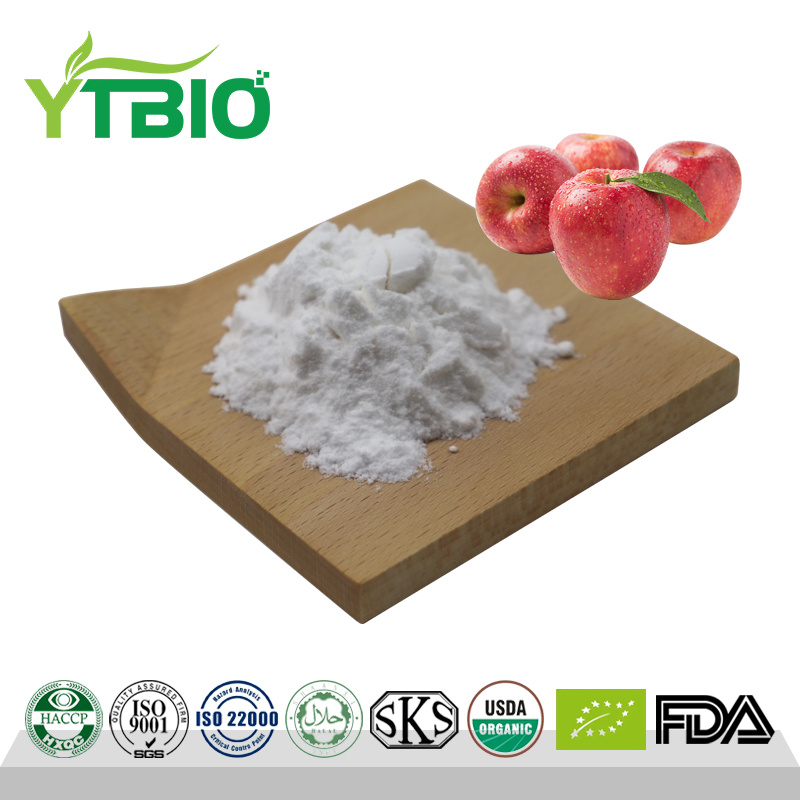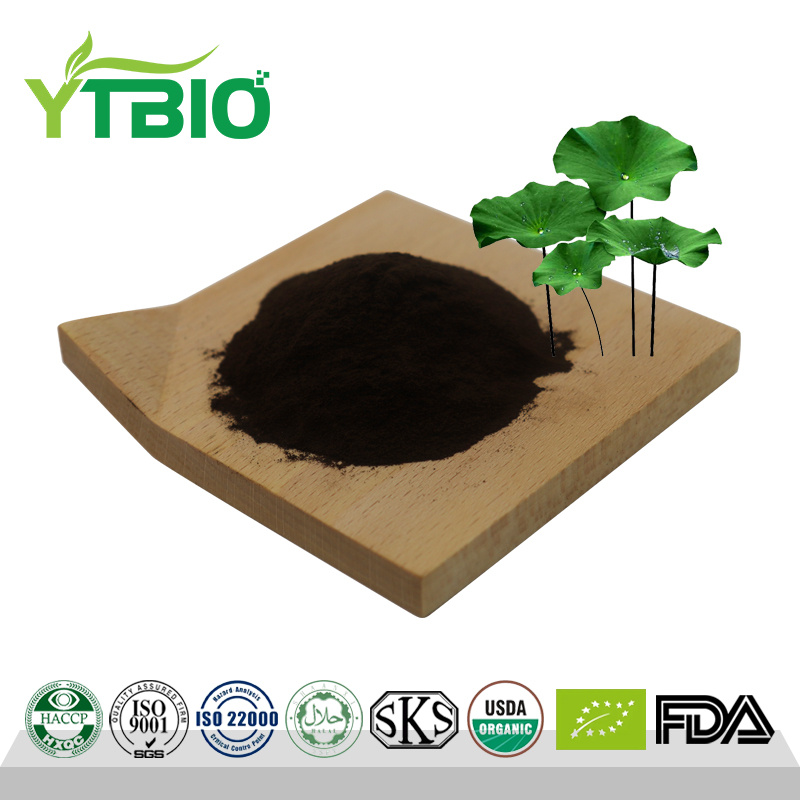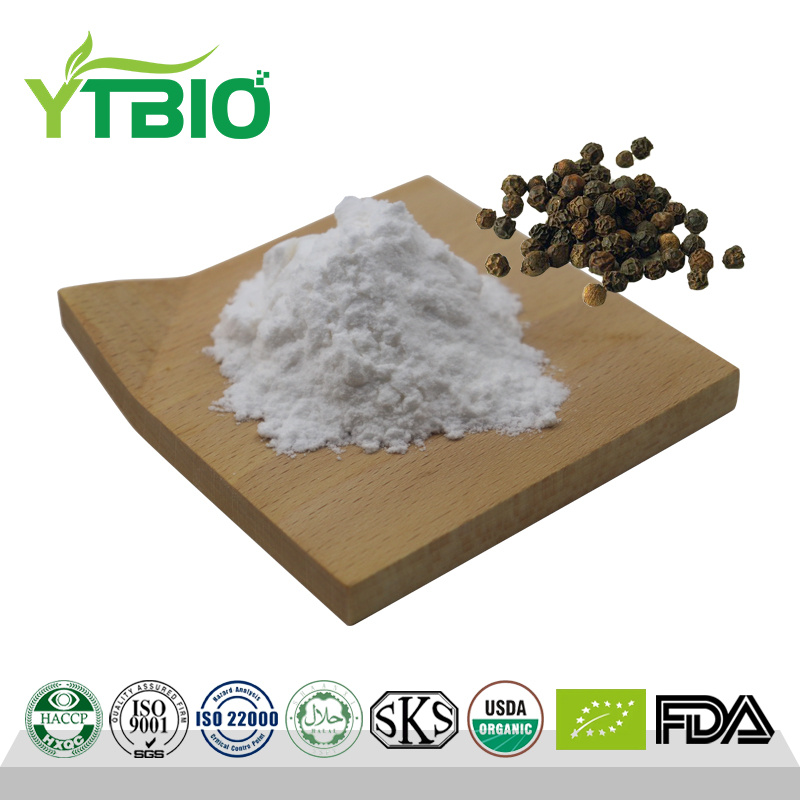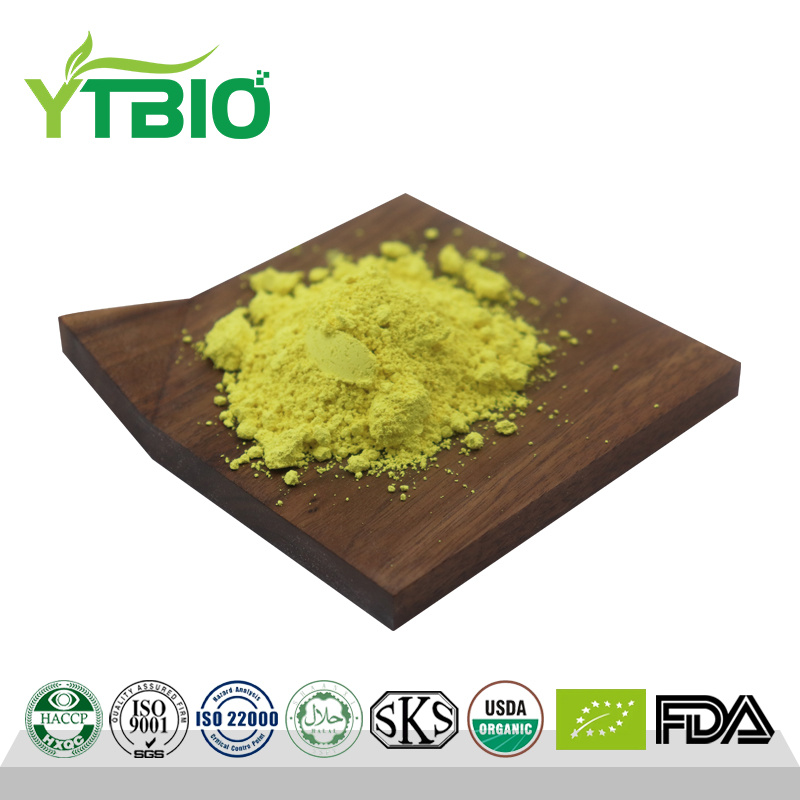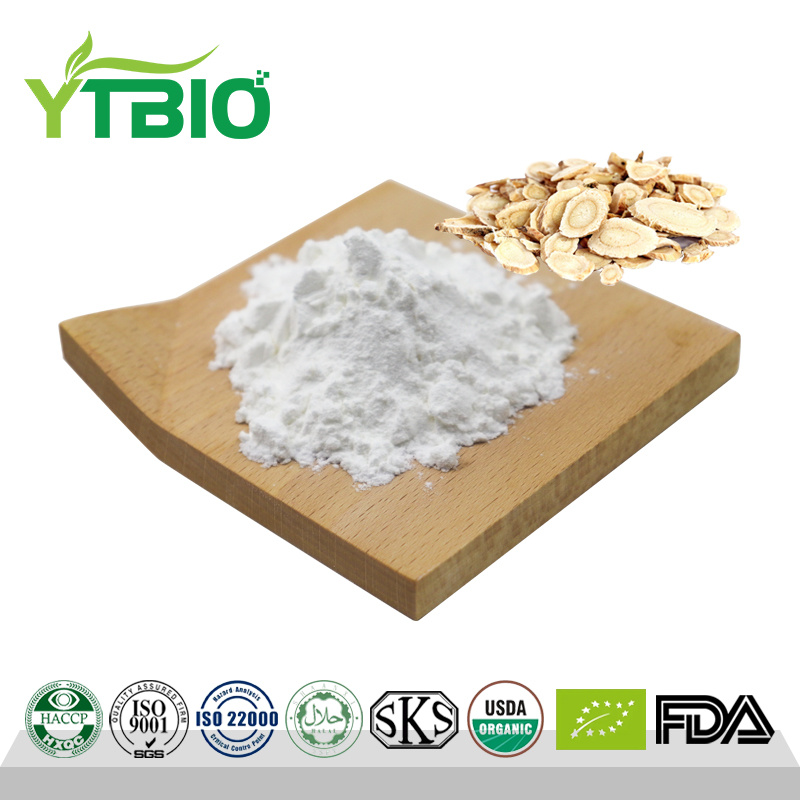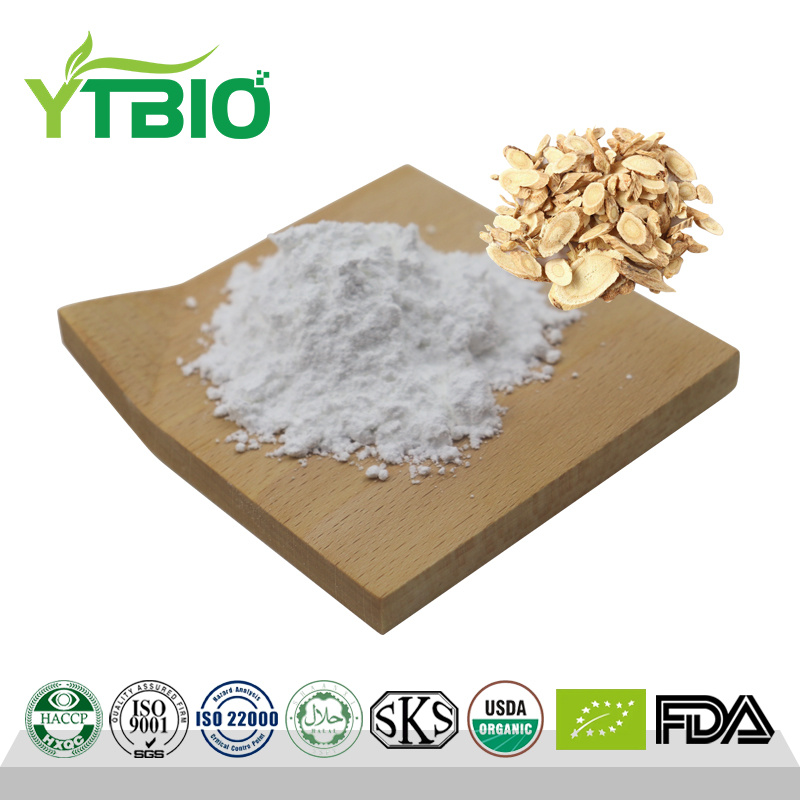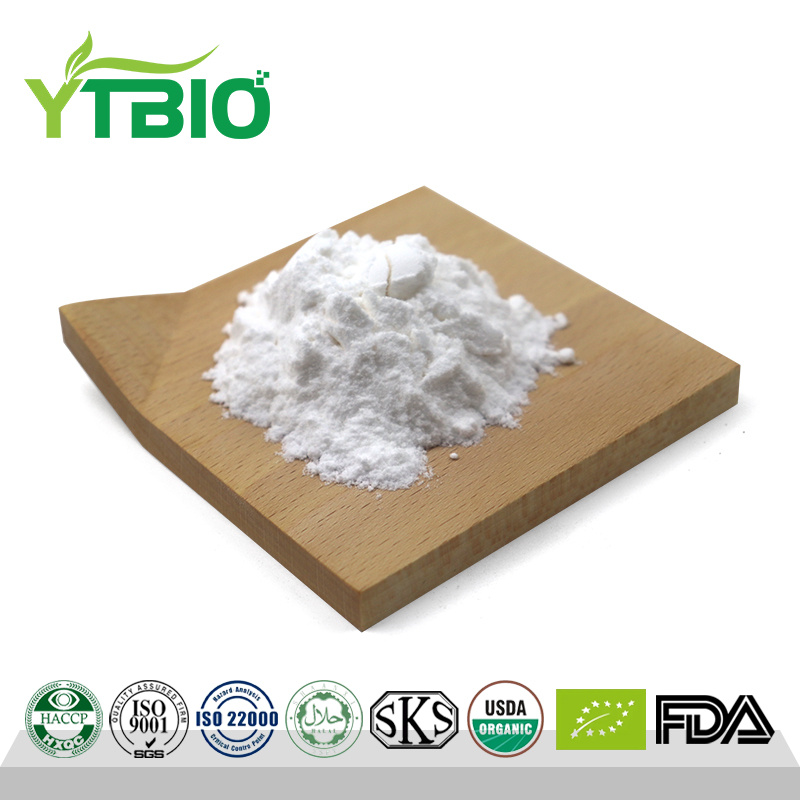66-84-2 Glucosamine Hydrochloride Glucosamine HCL Powder
What is glucosamine hydrochloride?
Glucosamine hydrochloride is a multifunctional compound widely used in the fields of medicine, food, and cosmetics. It serves not only as a medication for treating osteoarthritic diseases and an antibiotic potentiator but also as a sweetener and antioxidant in food, as well as a nutritional supplement for diabetic patients. Its derivatives have broad application prospects in the pharmaceutical and light industry cosmetics sectors.
Glucosamine hydrochloride improves the metabolism and nutrition of bones and soft tissues by stimulating the biosynthesis of mucopolysaccharides and increasing bone calcium uptake. It also enhances the synthesis of synovial fluid, providing joint lubrication, blocking the pathological process of osteoarthritis, and preventing disease progression. Additionally, it helps improve joint mobility, relieve pain, and reduce joint deformation.
This compound is extracted from natural chitin and belongs to marine biological preparations. It promotes the synthesis of mucopolysaccharides in the human body, increases the viscosity of synovial fluid, and thereby improves the metabolism of articular cartilage.
Test Report
| Analyze content | Quality Standard | Analyze results |
| Exterior | white crystal | conform |
| content | 99.0~101.0 % | 99..3 % |
| Specific rotation | +70.0-+73.00 | +72.70 |
| Transmittance | >90.0 % | 97.1 % |
| Absorbance | <0.25n.u. | 0.16a.u. |
| Loss on drying | ≤1.0 % | 0.04 % |
| Burning residue | ≤0.1 % | 0.01 % |
| pH value | 3.5-5.0 | 4.2 |
| chloride | 16.2 %-16.7 % | 16.5 % |
| Sulfate | ≤0.24 % | 0.19 % |
| granularity | ≥30mesh | ≥30mesh |
| Bulk density | ≥0.75g/ml | 0.77g/ml |
| heavy metal | ≤10ppm | <10ppm |
| arsenic | ≤0.5ppm | <0.5ppm |
| total number of microorganisms | MAX1000/g | MAX100/g |
| Yeast, mold | MAX100/g | MAX30/g |
| E. coli | Not allowed to be detected | not detected |
| salmonella | Not allowed to be detected | not detected |
Pharmacological Effects
Glucosamine, a naturally occurring amino sugar found in the human body, particularly in joint cartilage, is a key component of proteoglycans in the cartilage matrix. It exerts selective effects on osteoarthritic joints by blocking the pathological progression of osteoarthritis and promoting the production of glycoproteins with normal polymer structures by chondrocytes.
Additionally, glucosamine can inhibit the activity of cartilage-damaging enzymes such as collagenase and phospholipase A2, while also reducing the generation of superoxide free radicals in damaged cells. This helps protect chondrocytes from damage caused by corticosteroids and certain non-steroidal anti-inflammatory drugs (NSAIDs) and lowers the release of endotoxins in damaged cells.
Through these mechanisms, glucosamine exhibits direct anti-inflammatory effects, effectively alleviating joint pain, improving joint function, and slowing the progression of osteoarthritis.



